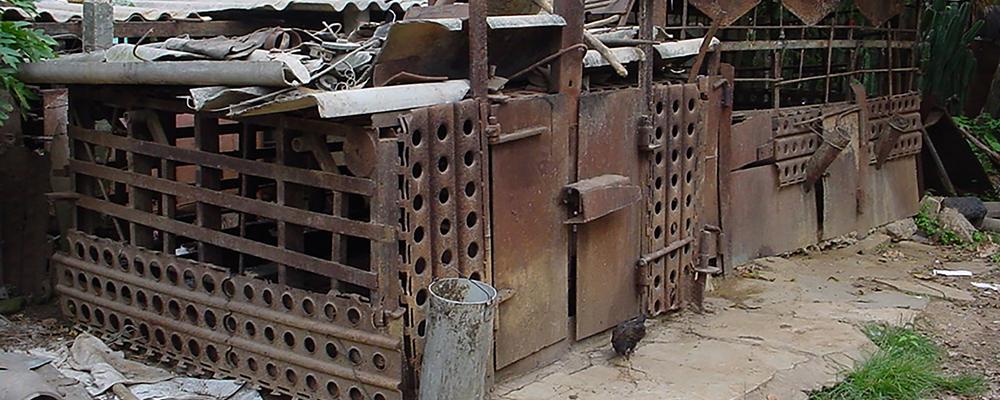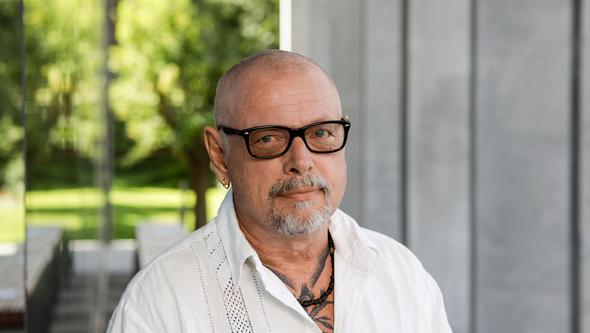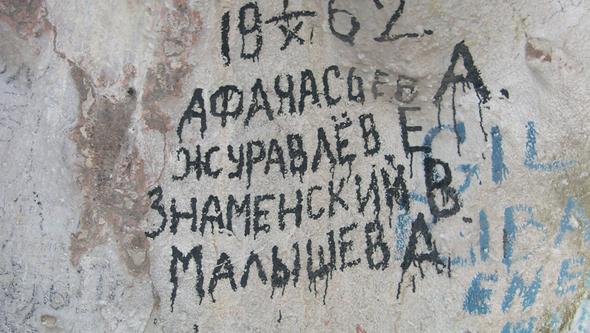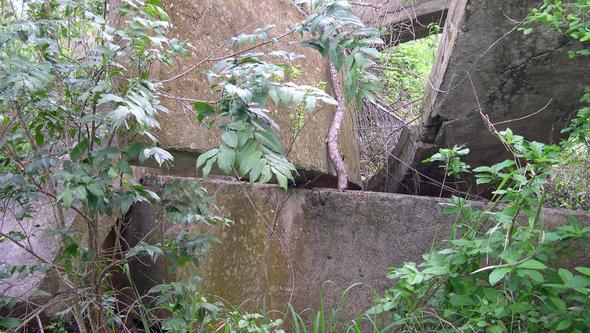
- Home
- Research
- Find research
- Meet CCHS researcher Håkan Karlsson, archaeologist
Meet CCHS researcher Håkan Karlsson, archaeologist
Håkan Karlsson, professor of archeology at the Department of Historical Studies, has been active at the Centre for Critical Heritage Studies (CCHS) for many years. Currently (in 2023) he is primarily working on three projects that are all related to Cuba.
Meet Håkan Karlsson, CCHS researcher

Håkan, please tell us a little about your involvement in the Centre for Critical Heritage Studies
I have been involved in various cultural heritage-related initiatives at UGOT since 2010. First in what was then called the Global Cluster when Critical Heritage Studies (CHS) was a cross-faculty research area of strength. Then the Global cluster was transformed into Making Global Heritage Futures (MGHF) within CCHS when the venture became one of the six UGOT Challenge centers at UGOT back in 2016. I have been involved in running the cluster together with Anna Bohlin and Staffan Appelgren from Global Studies, UGOT, and Rodney Harrison from UCL, during the years the center was a partnership with UCL (2016-2022).
Which themes are your focus?
Central themes for the research I conduct are: Cuba, things, materiality, contemporary archaeology, multidisciplinarity, memory, reuse, cultural heritage processes, history and cultural heritage as contemporary politics.
What does it give you as a researcher to be part of the centre?
It gives me, and over the years has given me, contacts with teachers and researchers from various disciplines at UGOT who have similar interests to me. Many times, similar research is conducted within different disciplines and at different faculties, although the specific starting points may differ. The formation of the center has contributed, and continues to contribute, to forming a constructive platform for the exchange of ideas about cultural heritage and its various dimensions and roles in the present, both in national and international contexts. This at the same time as it connects concrete research and project ideas in a tangible and fruitful way.
What research are you currently conducting?
I primarily work with three projects that are all related to Cuba.
Ongoing projects
The project World crisis from below. The tangible and intangible remains after the Cuban Missile Crisis (1962).
The intention of the project, which has been carried out as a collaboration between Swedish archaeologists and Cuban archaeologists, anthropologists and historians since 2005, is to research tangible and intangible remains from the so-called Cuban Missile Crisis, and the Soviet nuclear weapons installations, in the Cuban countryside. By researching these remains, in the form of physical remains and oral narratives, the project aims to complement and challenge the grand narrative of the crisis with small-scale and everyday stories from below. The project also examines the reuse of the material remains in the villages and countryside surrounding the former bases, as well as how local museums and other stakeholders intend to use this cultural heritage for investments in education and tourism.

The Swedes in Bayate project, Cuba. A piece of forgotten emigration history (1905-1925).
The intention of the project, which has been carried out in collaboration with Cuban archaeologists, historians, anthropologists and botanists since 2019, is to research the tangible and intangible remains of the extensive Swedish agricultural colony that was located in Bayate in eastern Cuba during the period 1905-1925. By researching these remains, in the form of physical remains and oral narratives, the project can complement the knowledge of Swedish emigration history while exploring the social and material aspects of everyday life in the Swedish colony of Bayate, and studying how cross-cultural interactions with Cuban society influenced identity constructions among the colonists and led either to social and material continuity or change that was reflected and negotiated through the material culture used in everyday life.
The Cuban experiences project. US Cuban policy since the 1959 revolution from a Cuban perspective.
The intention of the project, which has been carried out together with Cuban historians since 2019, is to research the USA's Cuba policy, as it took shape over more than six decades, with a starting point taken from the Cuban experiences of this policy. Project aims to discuss the policies of the various US administrations and present a number of English and Spanish language books on the theme based on both US and Cuban source material. This at the same time as these books approach the theme from a Cuban perspective, as the Cuban experience of this policy is still an under-researched field.

Member of the CCHS executive group
Håkan Karlsson is one of the members of the CCHS executive group which advises the CCHS management and acts as a bridge between researchers at the faculties and the centre.
Interview by: Jenny Högström Berntson


